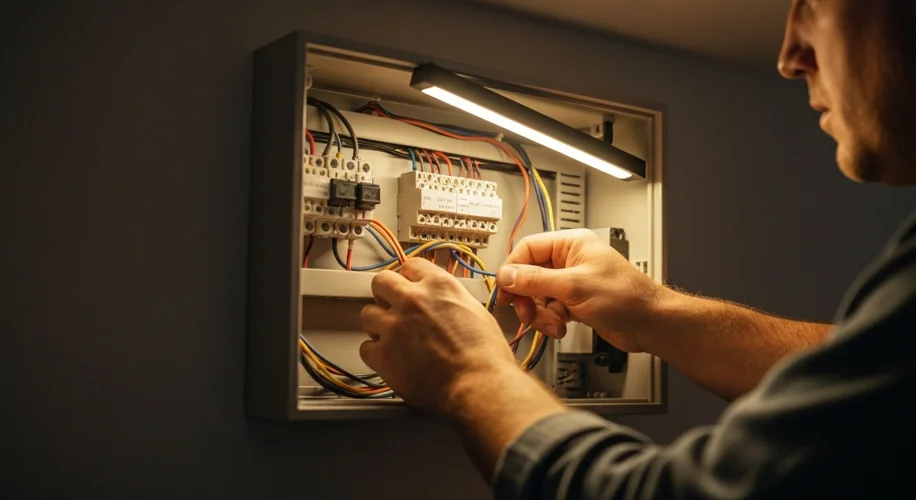So, you’re looking to give your apartment a smart home glow-up with some new light switches. That’s a great idea! It’s one of those upgrades that can make a real difference in how you interact with your space every day. But before you dive in, there’s a crucial detail many people run into: the neutral wire. Let’s talk about it.
Many smart switches, especially those that need to stay powered to communicate wirelessly, require a neutral wire. Think of it as the constant power source that keeps the smarts alive even when the light switch itself is ‘off’.
What’s the Deal with the Neutral Wire?
In a typical older home, light switches often only have two wires: a ‘hot’ wire that brings power in and a ‘switched’ wire that sends power to the light fixture. A neutral wire, usually white, is needed to complete the circuit for many electronic devices, including smart switches. It provides a return path for electricity.
Apartment wiring can sometimes be a bit different or more complex than in single-family homes. If your apartment was built or significantly rewired around 2016, it’s likely up to modern code, which often means neutrals are present in switch boxes. However, ‘often’ isn’t ‘always’. Sometimes, especially in older constructions that have had updates, the neutral wire might not have been run to every single switch box.
How to Find Out If You Have a Neutral Wire:
The best way to know for sure is to take a peek inside your existing light switch box. Safety first! Make sure to turn off the power to that circuit at your breaker box before you do anything. Once the power is off, carefully remove the existing switch plate and pull the switch out from the wall. You’re looking for a bundle of wires, and specifically, you’re looking for a white wire that is connected to the rest of the white wires in the box, usually with a wire nut. If you see a white wire tucked away or capped off, that’s likely your neutral.
If you don’t see a neutral wire, don’t despair! There are still options:
- Smart Bulbs: You can use smart bulbs that screw into your existing fixtures. The smarts are in the bulb itself, and they typically don’t need a neutral wire at the switch.
- No-Neutral Smart Switches: Some manufacturers make smart switches specifically designed to work without a neutral wire. These often use a different technology or rely on a small amount of power drawn through the light bulb itself, which is why they might not be compatible with all types of light bulbs (like very low-wattage LEDs or some CFLs).
- Consult an Electrician: If you’re unsure or uncomfortable exploring your wiring, a qualified electrician can quickly identify what you have and advise on the best course of action. They can also tell you if it’s possible to run a neutral wire to the box if needed.
Compatibility Check:
Once you’ve determined your wiring situation, always double-check the specifications of the smart switch you’re interested in. Most reputable brands will clearly state whether a neutral wire is required. They’ll also often list any specific bulb type requirements if they offer no-neutral options.
Upgrading to smart switches is a fantastic way to add convenience and a touch of modern living to your home. A little investigation into your wiring setup beforehand can save you a lot of hassle and ensure your smart home dreams become a reality!

